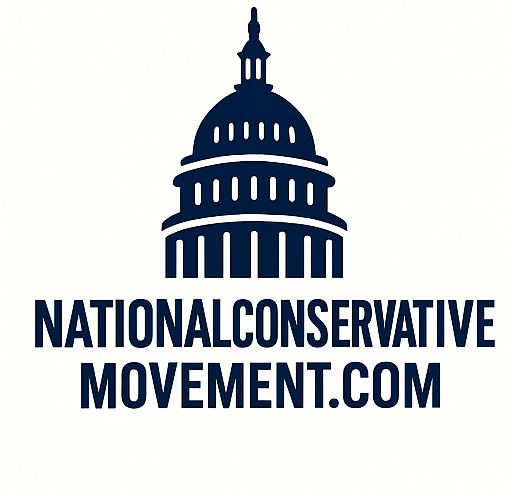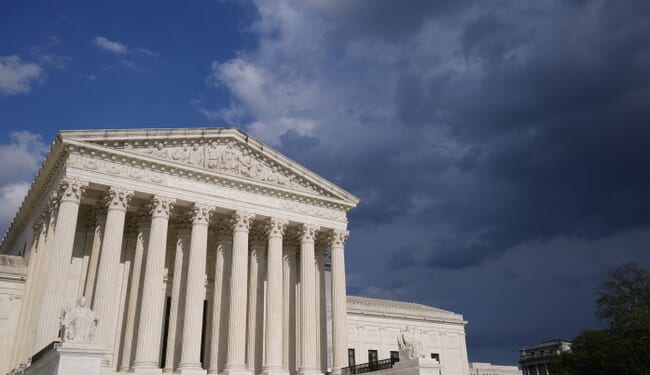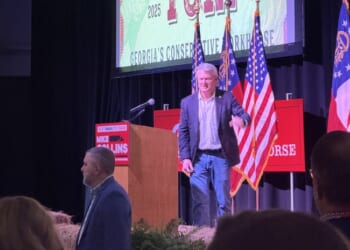
When the Supreme Court decided Loper Bright Enterprises v. Raimondo last year, overruling the longstanding principle of “Chevron deference” — which had previously instructed courts to no longer defer to agencies’ statutory interpretations of the law — it marked a seismic shift in administrative law. For those concerned about regulatory overreach by the federal government and restoration of constitutional checks and balances of power, it also represented a major win.
Yet nearly a year later, there are virtually no Supreme Court cases instructing the legal community how to apply Loper Bright. That absence leaves a major gap — for courts, practitioners, and those teaching future lawyers.
That’s why I recently filed an amicus brief urging the Supreme Court to take up a case called Lynk Labs v. Samsung. On the surface, it’s a patent dispute. But beneath the technical jargon lies a far more important question: can lower courts quietly undo the Supreme Court’s Loper Bright decision by deferring to what federal agencies think the law “should” say instead of what Congress actually wrote?
In Lynk Labs, a lower court sided with the U.S. Patent and Trademark Office (USPTO) after the agency stretched a law far beyond its text, essentially rewriting the rules on what information can be used to challenge a patent. The court accepted that expansion without question, echoing the agency’s policy preferences instead of applying the plain meaning of the statute. In doing so, it breathed new life into the very kind of agency deference the Supreme Court rejected in Loper Bright.
This interpretive sleight of hand does more than distort a technical patent term; it strikes at the very heart of Loper Bright’s promise. In Loper Bright, the Supreme Court recalled courts to their constitutional duty: to say what the law is, not defer to what bureaucrats and agencies think the law ought to be. But if agencies can still bend statutes to fit their policy goals, and courts simply go along, the victory for judicial independence in Loper Bright will be short-lived.
The Federal Circuit’s reasoning shows how easily Chevron’s habits can creep back into cases. Rather than grounding its interpretation in the actual words of the law or long-standing judicial precedent, the court adopted the Patent Office’s policy view that secret, abandoned patent filings — documents never made public — should be treated as if they were publicly available research that other inventors could have found.
For years, courts have held that only information already available to the public can be used to challenge a patent’s validity. But in this case, both the agency and the lower court decided that even hidden, unpublished filings should count. In effect, the court allowed the agency’s policy preference to overrule the statute’s plain meaning — reviving the same kind of deference to bureaucratic judgment that the Supreme Court had already rejected. This ruling, in effect, not only rewrites the statute but also undermines the fair notice that inventors need to navigate the patent system fairly.
Moreover, if courts then mirror those agency policy interpretations without firmly being anchored in statutory language and legislative intent, the phenomenon of “deference by imitation” will occur. This will become an unfortunate structural danger: courts will cease exercising independent judgment, and legal interpretation will eventually become a by-product of agency policy, rather than an act within the province of the judiciary. This will leave us right back where we started under Chevron.
The Court should grant review in Lynk Labs to clarify Loper Bright’s reach, as we have seen that the policy of “Chevron deference” has officially ended, but it will not fade that easily. Without judicial examples that demonstrate how Loper Bright must be applied, lower courts may revive the practice in all but name. The Supreme Court can forestall this by reaffirming that agency policy and convenience cannot be proxies for overriding statutory text.
It is a timely moment. The decision in Loper Bright last summer already sent shockwaves through regulatory and enforcement regimes — from tax to environmental to IP — with commentators noting the potential surge in challenges to agency action. Most importantly, in this current age of AI, as regulatory focus shifts toward platforms, data, and advanced automation, new and clearer statutes must be written by our legislatures, and our judiciary will have to shine a bright light as a guiding lodestar.
In the midst of a broader recalibration of the administrative state, Lynk Labs offers the Court a chance to map the new terrain. Ultimately, it will take more than Loper Bright to move on from Chevron. It will take vigilance — case by case, opinion by opinion — to restore the judiciary’s duty to interpret statutes independently.
The Constitution entrusts the courts, not agencies, with saying what the law is. The time has come for the Supreme Court to show what that means in practice.













